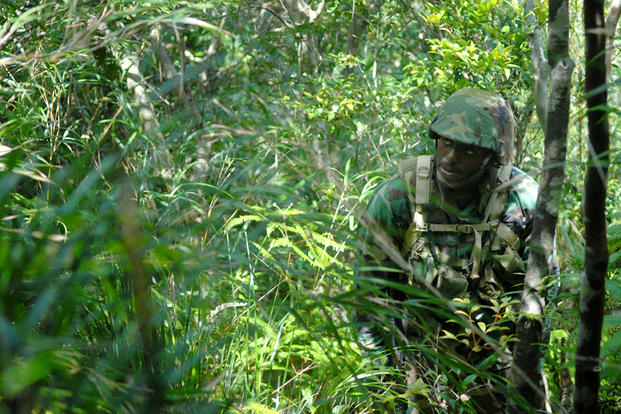A resource guide developed by DAV
After combat, service members demobilize and put away their weapons, turn in their ammunition and body armor and fold away their camouflage. In returning home, they also need to peel off layers of personal and collective behaviors that have protected them from danger and kept them functional and safe during deployments to theaters of military operation. Developed by DAV (Disabled American Veterans), this resource guide was developed to ensure veterans and their families understand the normal reactions to combat and the need to work on reintegration and readjustment following deployment to a war zone. The stories and tips in this guide will help veterans identify how to reintegrate successfully into family, job and community; how to identify normal difficulties and how to spot the warning signs of illness. It will help you recognize when things are going wrong and identify when to ask for help from family, peers and combat buddies. To learn more about PTSD, click here to read the full guide.
When we confront what we view as a threat, we have an automatic reaction. All of our internal systems respond, including our body, our mind and our emotions. This stress response is natural and helpful. It is like putting all our systems in high gear, stamping down our threat-defense accelerator and getting ready to react. It allows us to focus on the threat or challenge we face andthen take action.
An emotional trauma is an extremely distressful experience that shocks someone emotionally. An emotionally traumatic event can have long-lasting psychological effects.
When the threat we faced is severe, or when it was repeated or constant over a period of time, our stress response can actually change our body and our mind. When this happens it takes time to readjust. But this is normal—it is to be expected. For example, when a service member first returns from a combat deployment, he or she may react differently to people and situations back home.
This could include feeling tense or sad, having trouble concentrating, having a shorter temper than usual, withdrawing from family or close friends or other common signs of stress.
Most people will be able to readjust in a relatively short period of time. Within a few weeks they will feel more comfortable at home, and even though they still remember what happened and may have changed some of their values and beliefs because of their experiences, they will feel back in control of their emotional reactions. This is especially true if they pay attention to early signs of stress and deal with them right away. Some will have more difficulty in the weeks and months immediately following the severe stress. Some may adjust, but the stress may simmer under the surface and may erupt unexpectedly at some time in the future. These eruptions can be explained; they are most often triggered by eventslater in the person's life.
These triggers can include additional stressors, which may be similar to original severe stressors, such as returning to combat on a later deployment, or may be very different, such as a serious illness or injury, the death of a loved one or a loss of employment. Life stressors can occur at any time, but they are especially common at the time of major life challenges, such as approaching retirement and dealing with the aging or loss of those they care about. External events can also be triggers, suchas extensive media coverage of current wars or disasters.
Whenever someone experiences a stress reaction, what matters most is how they cope with it. This book will provide you with information on how to recognize the normal aftermath of severe stress, both immediately after the stressful events and later in life. It will also give you suggestions and options for effectively dealing with stress reactions. This will include more comprehensive sources of information, and people who can help and support you as you work through these important and difficult issues. We all can benefit from someone to coach us, to guide us on the journey to readjustment and recovery from the effects of severe stress and trauma.
DAV is dedicated to empowering veterans to lead high-quality lives with respect and dignity, through providing free, professional assistance to veterans and their families in obtaining benefits and services, providing outreach to disabled veterans and their families, representing the interests of disabled veterans and their families, and providing structure through which disabled veterans can express their compassion for their fellow veterans through a variety of volunteer programs. For more on DAV and its services, visit DAV.org.








